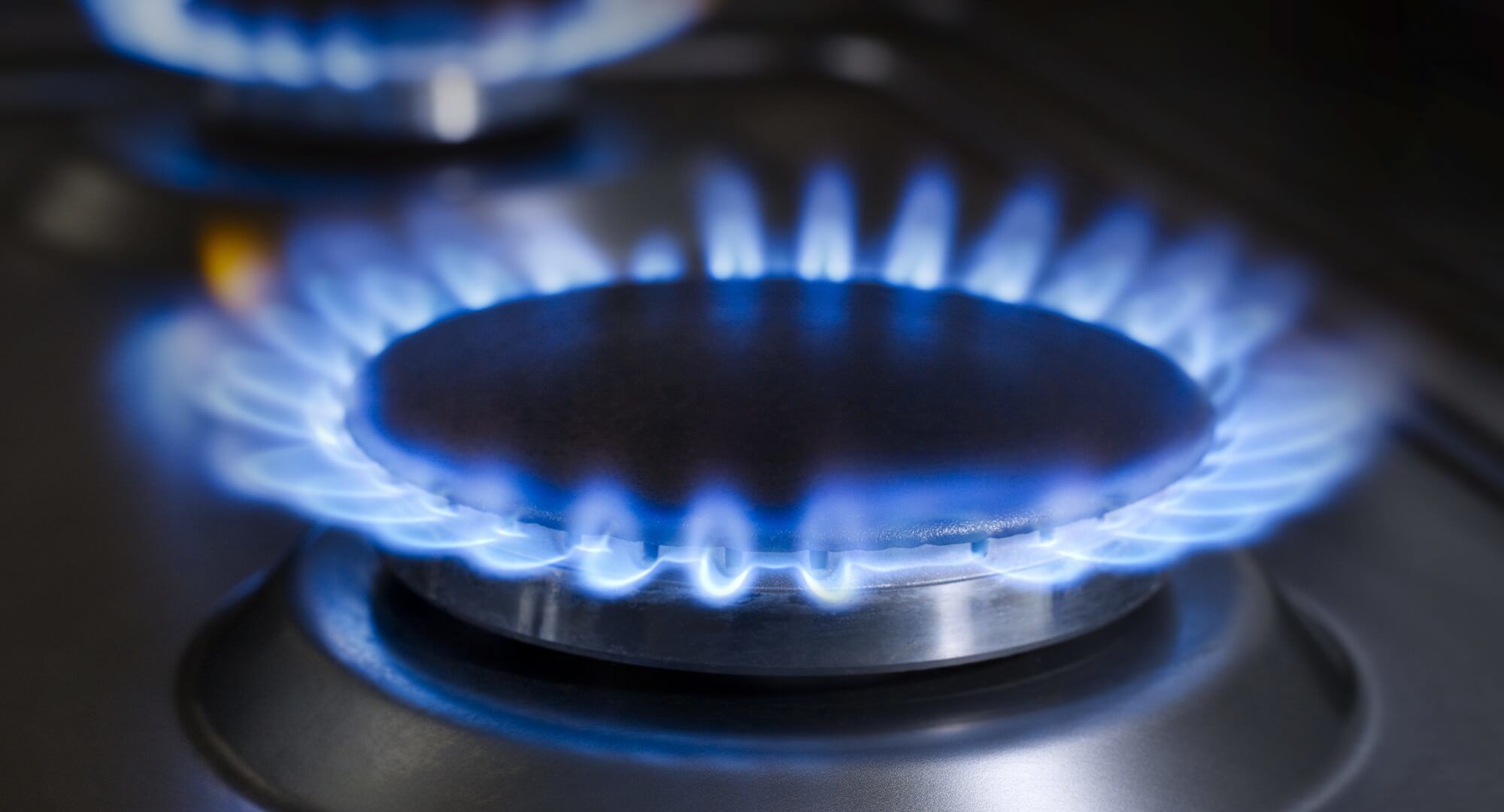Bringing traditional cooking methods into the modern world is what AGA Electric Conversions is all about. AGA is the brand name for a historic range of kitchen stoves known for their unique, cast-iron construction and their ability to store and gently release heat. Started in Sweden in 1922, the AGA range has a long history. Today, many quaint British and Irish homes—and even a few sophisticated American residences—are warmed by an AGA that has, in some cases, been cooking reliable meals for well over 50 years.
For years, AGA cookers have epitomized the rural, cozy stove that kindled not only warm kitchens but also equally warm memories. The beauty of an AGA is its simplicity. There is no need for a fan of any kind, and the thick cast iron of AGA’s outer skin radiates a gentle, consistent heat that is not only good for simmering a sauce but will also--now get this--keep a house warm! Nevertheless, just here in the beginning of a new century, for me and many of my comrades (I cannot speak for them all), the next obvious step in AGA cookery is installing an energy-efficient electric AGA, and in this article, I will explain why.
Comprehending the electric transformations provided by AGA
To perform an electric conversion on an AGA range, you remove the existing oil or gas burner and replace it with an electric heating unit. This ensures that you're now using electricity as the power source to heat the range's various compartments. There are a number of benefits to this new setup. The first—and most obvious—one is that you're now using electricity (a highly efficient and, in certain instances, renewable energy source) instead of gas (a fossil fuel that is a potent greenhouse gas) or oil (another obviously highly unsustainable fossil fuel) to power your range.
Advantages of Going Electric
Electric AGAs are very energy efficient indeed. Compared to gas or oil stoves, their heating mechanism doesn't require nearly as much fuel to produce the same amount of heat, which is a clear energy savings. And there's another thing: they can be turned on and off (and a heating element in a cast-iron oven does take some time to warm up and cool down, for sure). But the bottom line is that, for real, you're using a lot less energy to run an electric AGA than you otherwise would.
Cutting CO2 perspiration: Move to electricity, especially that which is coming from renewable-energy sources; that's the mantra you often hear as government agencies try to compel homeowners to fumigate less. When switched on, electric AGAs give off no CO2; they don't warm the appli- ance's surroundings, either.
Having the capability to precisely control temperature is an important and notable feature of electric AGAs. Modern electric AGAs, unlike older models and designs, have been engineered to allow a user to maintain very specific and exact temperature settings at any given moment in the cooking process. They have buttons and knobs that allow you to adjust the heat quickly and efficiently. This new found temperature control leads to a more satisfying cooking experience and better cooked food.
Maintaining electric systems is generally easier than maintaining oil or gas systems. Easier because they don't contain as much running gear as the others. Easier too because they furnish interior comfort without demanding an annual checkup to ensure that all the fuel lines are running where they should and aren't leaking. California, with its propensity for earthquakes, craves such virtue in a heating system.
Looking for a professional to assist with the conversion
When it comes to converting an AGA from oil or gas to electricity, selecting the right professional is vital. And what we're talking about here isn't just any old electric AGA conversion. No, we mean finding a person or crew—a conversion team—experienced in AGA installations who can choose from a variety of highly efficient electric AGAs. But wait—efficiency isn't why we're here. We want a "usable" electric AGA, don't we? And that's certainly implied in the author's text.
When converting your AGA to electric, you're making a big choice that'll really push your kitchen into the modern era. This switch turns your setup into a more energy-efficient one and an environmentally friendly one. It does these two very great and necessary things, but while completely realigning your AGA with modern energy standards and modern cooking practices, it does have a potential drawback. With electric AGA conversions, you can count on needing a lot of power.
